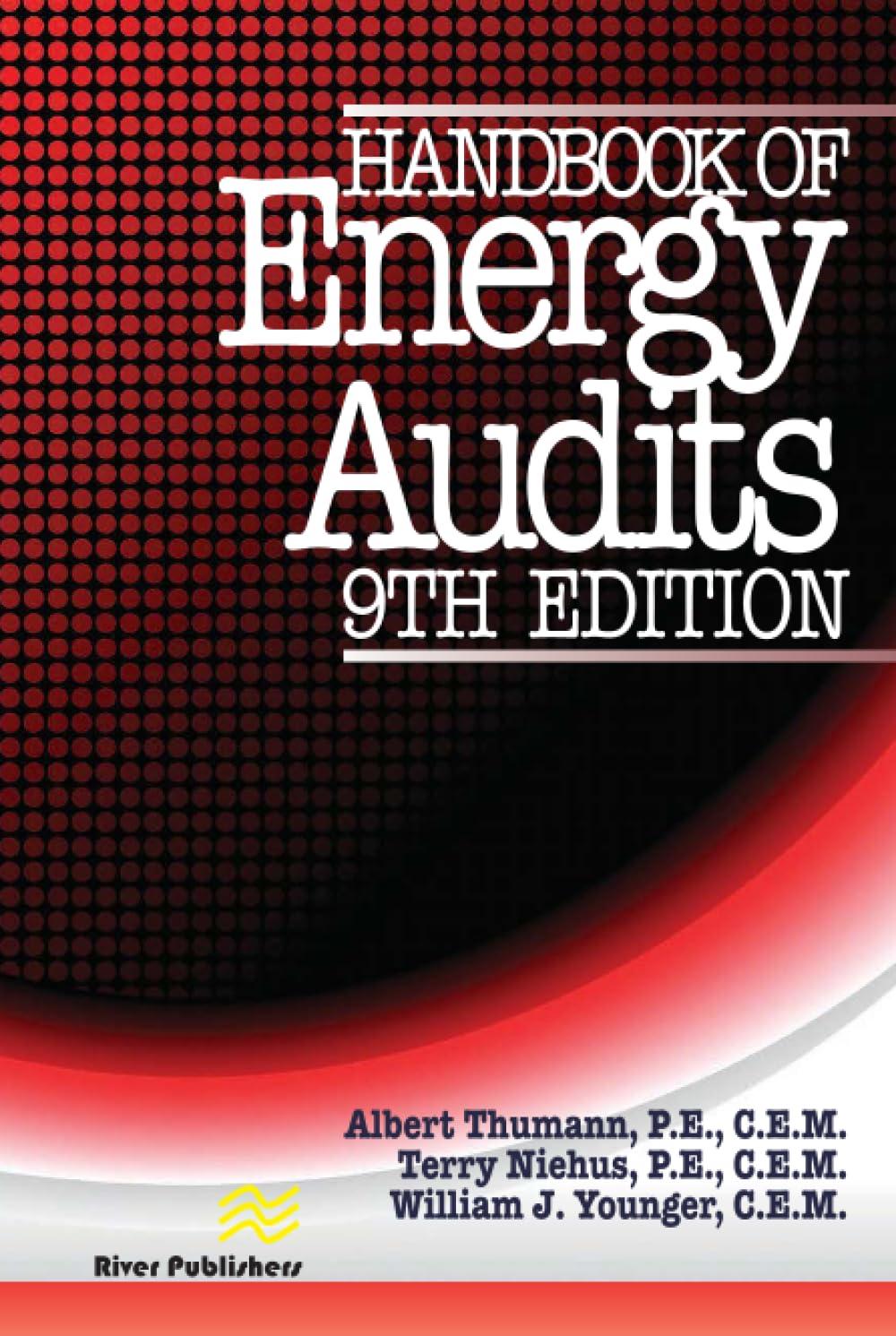
6. The company pledged its $10,000 notes receivables to a bank and received a loan of $8,000. The note is paid on the maturity. (Ignore interest expense) 7. The company discounted its notes receivables for $5,000 and collected $4,300. This note is not paid on maturity. (Protest fee $2) 8. The company gave its $20,000 note receivable to a bank for collection. The note is not paid on maturity. Bank protested the note on behalf of the company and credited nottery public fee from company's account for $4. 9. Omega Company purchased an office building in cash at a cost of $800,000 on January 1, 2015. Omega estimated that the building's life would be 20 years and the scrap value at the end of 20 years would be $15,000. On January 1, 2016, the company made several expenditures; walls painted, floors refinished for $20,000, and installed additional pollution-control devices in the building for $45,000. With the new device, the life of the building extended by an additional 6 years. In 2019, the company sold the factory building for $500,000 in cash. 6. The company pledged its $10,000 notes receivables to a bank and received a loan of $8,000. The note is paid on the maturity. (Ignore interest expense) 7. The company discounted its notes receivables for $5,000 and collected $4,300. This note is not paid on maturity. (Protest fee $2) 8. The company gave its $20,000 note receivable to a bank for collection. The note is not paid on maturity. Bank protested the note on behalf of the company and credited nottery public fee from company's account for $4. 9. Omega Company purchased an office building in cash at a cost of $800,000 on January 1, 2015. Omega estimated that the building's life would be 20 years and the scrap value at the end of 20 years would be $15,000. On January 1, 2016, the company made several expenditures; walls painted, floors refinished for $20,000, and installed additional pollution-control devices in the building for $45,000. With the new device, the life of the building extended by an additional 6 years. In 2019, the company sold the factory building for $500,000 in cash







